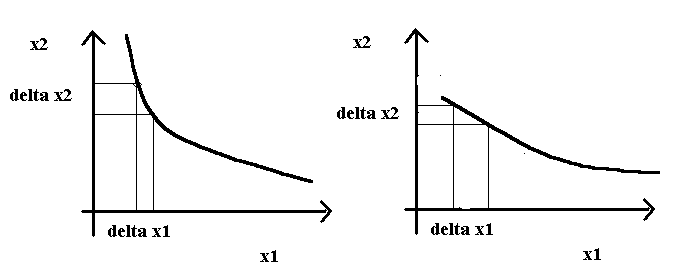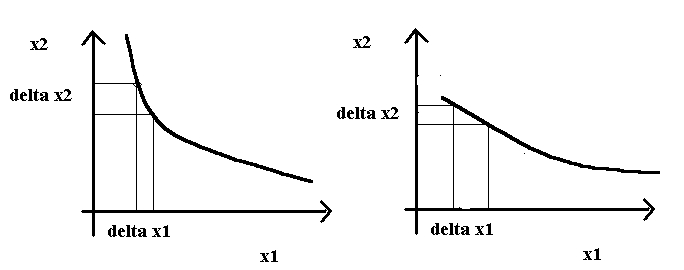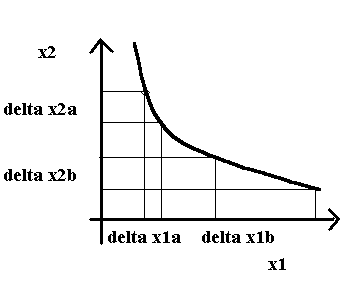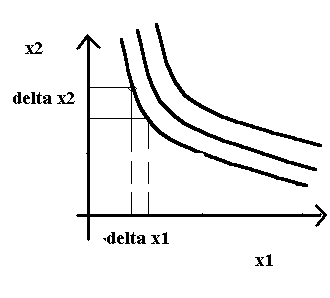[From Bill Powers (2007.11.19.1253 MDT)]
I got the actual hardcover book, Price Theory by Friedman. A real
book is nice; you can read it while you eat. Amazon claims that the
retail price of the book is $102 and that I saved 95% by buying it used.
According to opportunity cost theory (or one of its inverses), I have
become richer by $97. Funny thing, though: my bank account didn’t get any
bigger. It got $5 smaller. Of course I also have a $5 book. Maybe it will
become worth
$97 more. When I’m done with it, I’ll tell Amazon that they can have it
back for $51. That way they will lose only half of the savings they so
generously gave me.
I can see, on reading the very early pages, that Friedman’s economics
desperately needs PCT. I’ll be studying the book at length for a while
before trying to offer anything organized as an alternative, but perhaps
others will see some use in a few early ideas.
First. Utility theory is reinforcement theory. Instead of objects having
reinforcing value, they have utility. According to this theory, there is
a tendency for people to increase the behaviors which have the most
utility (that are the most reinforcing) at the expense of those with less
utility, so that people end up making the optimum choices that maximize
utility across all goods and all circumstances. Friedman sees this
“rationality” basically as an analog computation, with the
optimum outcome representing an equilibrium among many interacting
influences (I certainly agree with that). The weakest part of his
argument is that this will be the objectively best equilibrium
attainable, rather than depending on what people believe is true, what
they want, and how much they want it, and how accurately they perceive
it.
Second. While it may be true that money allows comparing the
“value” of different goods, the mathematics involved would tell
us that the value of all goods (including money) could be calculated in
terms of any good we please: say pints of ice cream. A dollar is worth
about a pint, so a recent-vintage used car is worth about 10,000 pints of
ice-cream. Money has certain advantages over ice cream as a basis of
comparison (for example it does not require refrigeration), but that’s
not the point. The point is that we’re really dealing with a very large
set of simultaneous equations, which you can solve for any variable you
choose (one way or another). The value of any one thing is a function of
the values of every other thing. Trying to break up this overall global
relationship into relationships among a few individual variables is
futile and misleading. Most of Friedman’s examples consist of considering
only a few variables, two or three, at a time.
Third. The only real standard of comparison for the values of different
goods is the setting of human reference levels for the goods and the loop
gains used in controlling for those variables. These are the independent
variables. The dependent variables are those involved in the
transactions. Economic transactions may be used as a measure of value,
but they are not determinants of value. The settings of reference levels
determine the target amounts of goods, and loop gains (which are in part
influenced by prices which are part of the environmental feedback
functions for controlling each good) partly determine the coefficients in
the simultaneous equations that describe the interactions among control
systems. It is not possible to make economic predictions from first
principles without knowing or estimating the reference levels and loop
gains of all the control systems involved, inside each person and over
all persons.
Fourth. Without a model, economic predictions can be made to turn out any
way you want, just by selecting the right assumptions about what people
value. While assumptions are always made, with a model you can’t hide
them, nor can you disguise their effects.
Skimming through the whole book, it’s clear that there is some organizing
principle behind all the examples. Common sense expects one outcome;
price theory shows that the opposite outcome occurs. Most of the book is
about that. I can’t see yet what the organizing principle is, but I’m
pretty sure it’s there. It’s like watching someone discovering that
adding up all the odd numbers produces a series of extremely
familiar-looking numbers, without realizing that they are the squares of
successive integers. Friedman’s price theory is based on some very simple
principle. Let’s try to find out what it is.
Incidentally, it seems that the control systems Friedman is (unknowingly)
talking about have integrating output functions. As long as any
disequilibrium remains, the output will keep changing. Thus the system
always tends toward the exact objectively “best” values of the
variables.
Best,
Bill P.



